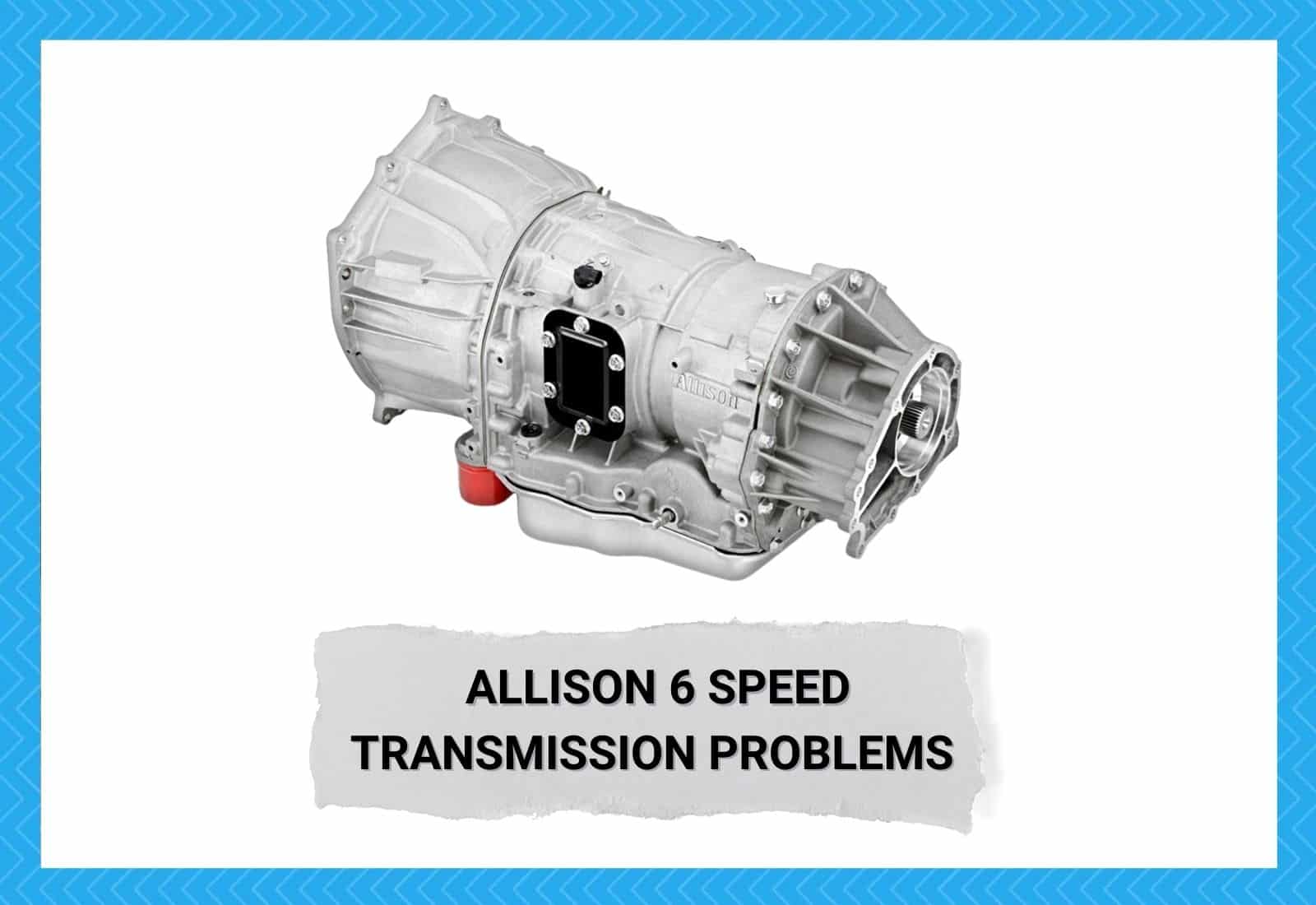
Any modern vehicle can run at a controlled velocity because of these three main components—the engine, the transmission system, and the drivetrain.
The transmission system is essentially part of the drivetrain, but when examining a vehicle’s mechanism and fixing speed-related issues, you must treat it as a separate module. Besides, it functions independently from the driveshaft, axles, and wheels.
The transmission system consists of gears, plates, and shafts of various dimensions systematically splined to influence each other’s movement in response to the power fed by the engine.
This component transmits the mechanical energy produced by the engine to the rest of the drivetrain in the form of torque to move the vehicle forward.
Your vehicle’s engine produces and releases a constant amount of energy when in motion and only decelerates when shut off.
To use this energy for specific velocity requirements, a regulatory device—the transmission system—must be placed between the engine and the drivetrain. The transmission system allows you to shift to different gears when necessary.
Allison Transmission Systems
If you own a motorhome, chances are you’ve heard about Allison Transmission a few times.
It’s a US-based manufacturer of transmission systems for all vehicles, although its 6-speed models (1000, 2000, and 2400 series) are popular among recreational vehicle owners. Such beasts can handle up to 765 lb-ft torque and offer several other benefits.
- Low-Maintenance – While Allison has recently released manual models to provide an alternative, most of their products are automatic. This means there’s no need to repair or replace a broken dry clutch. The only thing left to do is a routine oil and filter change every 5000 miles, which isn’t hard.
- Machine Learning – Late Allison transmission system models can be configured and controlled via cutting-edge electronics. They have an Adaptivity Protocol, which enables their computer systems to learn and remember maneuvering patterns. Thanks to this feature, your RV can adjust its shifting behavior accordingly to minimize the need for manual control.
- Fully Automatic – Driving can be exhausting, especially on congested and narrow roads. Allison transmission systems help drivers easily maneuver around tight corners and adjacent vehicles. This is particularly handy when driving a heavy-duty vehicle like an RV.
- Fuel Economy – Allison transmission systems have Continuous Power Technology. This unique gear design allows them to draw nearly twice as much engine power at the start and deliver it to the drive train uninterrupted. The result is faster acceleration for the same amount of fuel.
Allison 6 Speed Transmission Problems
Even though the newest 6-speed transmission system models are more robust than their predecessors, they are still subject to malfunctions that can affect your motorhome’s performance.
Therefore, you must be able to identify, diagnose, and fix them before going on long journeys. Traveling with a faulty transmission system is a recipe for disaster. Here are some common issues you must learn to fix or determine if professional help is necessary.
1. The Vehicle Is in Limp Mode
Have you ever been in a situation where you’re going 65 mph, and not long after shifting to the 5th gear, the vehicle starts to shut down? You’re not alone.
This happens to many drivers whose vehicles have a 6-speed Allison transmission system. It’s called “de-rate,” but most motorists refer to it as the vehicle going in limp mode.
It’s not a malfunction. It’s just the vehicle pulling power when it detects a potential problem, like the thermal limit switch on your Norcold fridge tripping when the boiler overheats.
Usually, the check engine light comes on, and other features you’re currently using shut off when your vehicle goes into limp mode. But the most identifiable sign is when your transmission downshifts and sticks to third gear.
There are a bunch of reasons why vehicles go into limp mode. These include a transmission slip, mass airflow fault, and overheating. Malfunctions of other vehicle parts besides the transmission system may also lead to a limp mode.
For instance, low fuel pressure, boost leaks, and turbo failure. This means that you won’t get the downshift to third gear response in some cases since it’s not transmission-related.
The only solution to a limp mode is to fix the issue your vehicle detected. So, pull over and scan for fault codes. Then, follow the correction recommendation for each fault your vehicle detected. That should fix the problem.
Sometimes, you don’t have to do anything besides waiting for the vehicle to reset and then restarting it. However, this time, you have to be extra careful when shifting the gear.
2. Delayed Garage Shifts and Banging Noises
Your vehicle should move in sync with control adjustments at all times. For example, it should immediately switch to drive mode when you shift from park to drive or to reverse mode when you shift from park to reverse.
If you notice a two to three seconds delay, it means there’s a problem with the transmission valve body.
Remember that you have an automatic transmission system. Unlike a manual transmission system, it operates using fluid pressure.
Fluid flows through a maze of passages that lead to different shifting levers. By moving the handle to change to a specific gear, the pressurized fluid flows toward the valve linked to that gear.
A shift delay happens when it takes longer for fluid to flow into the correct passage. This issue can be caused by a fluid leak or low air pressure inside the transmission valve body. You can fix this by replenishing the lost fluid and patching up the cause of the leak.
3. Intermittent Connection
Sometimes, you experience more than just mode shift delays. The entire transmission system shuts on and off erratically, causing various issues, from difficulty shifting to a higher or lower gear to getting stuck in the same gear.
Your immediate guess would be a bad transmission control module. And you’re probably right.
However, it’s also possible (and often the case) that it’s a wiring problem, not a TCM malfunction. Technicians who instantly conclude that the TCM is damaged usually do not find a problem. Instead, they find the problem in the cables.
It takes a complex network of electronics to automate and monitor a vehicle’s transmission system. That includes multiple wires and connectors carefully stashed within the vehicle’s body.
To prevent the cables from getting tangled over time, they are placed in harnesses and holders. Their tips are inserted in pins and locks to be hooked into the TCM receptacles easily.
The problem with these harnesses and holders is they hold the wires too tightly. And after years of exposure to vibrations and elements, the tips of some of the cables snap within the pins and locks.
When that happens, you get transmission problems because the TCM is not communicating correctly. The only way to fix this is to reconnect the wiring and insert them precisely into those pins.
Conclusion
These are only three issues you can encounter with an Allison 6-speed transmission. There are plenty of others, but most are linked to those three or non-transmission issues. Quickly identifying these transmission issues prevents them from worsening.
It’s impossible to memorize all these problems and their fixes. That’s why manufacturers provide a manual containing all the possible issues represented in codes.
Of course, standard fixes are also included, although there’s no guarantee they’ll work. Some cases are complicated and require complicated solutions.
In case the standard fixes don’t work, you can always call Allison Transmission to help you out. But be ready to give out the correct trouble or fault code because that’s one of the first things they’ll ask from you.
They have more detailed solutions to each of those codes than what you have in your manual.

